Guisando is a sleepy village with a tiny population, but quintessentially Spanish, where you get to see tradition in the making. We were lucky enough to experience ‘la matanza’ (the killing of the pig).
We bumped into one of our neighbours, Rober.
His family run a restaurant, El Tropezon, just outside the village.
We like the restaurant a lot. It serves really local food;
Migas- fried bread and Chorizo quite heavy and you have to admit not that healthy.
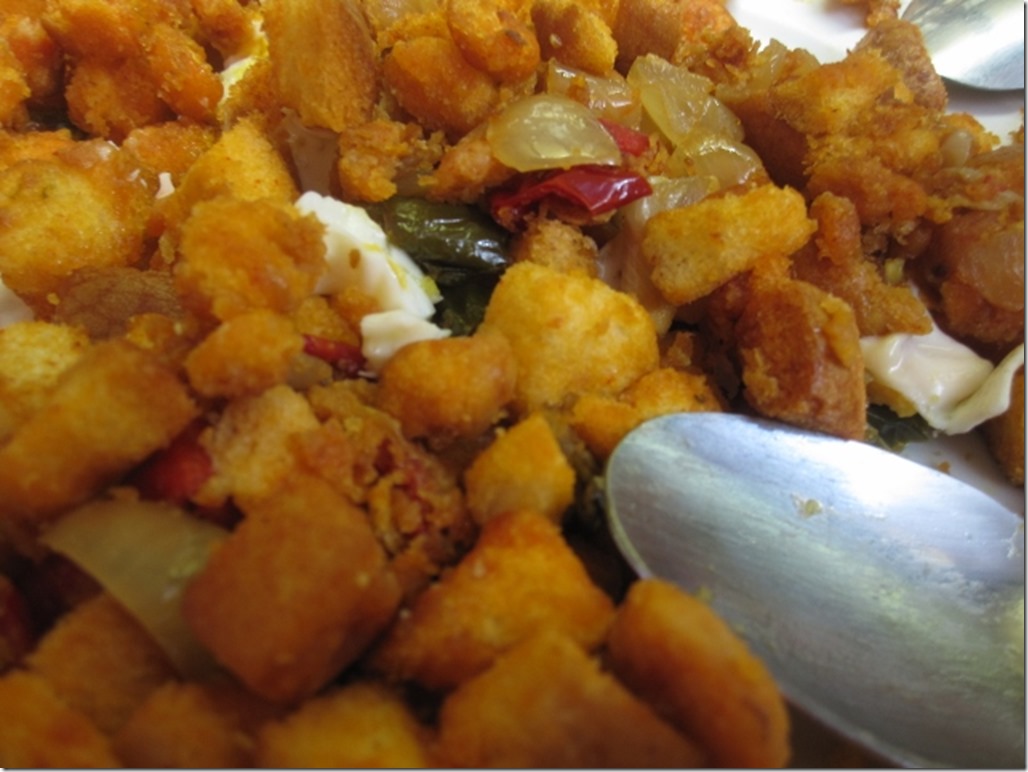
Callos- stomach and chorizo, the equivalent of tripe.
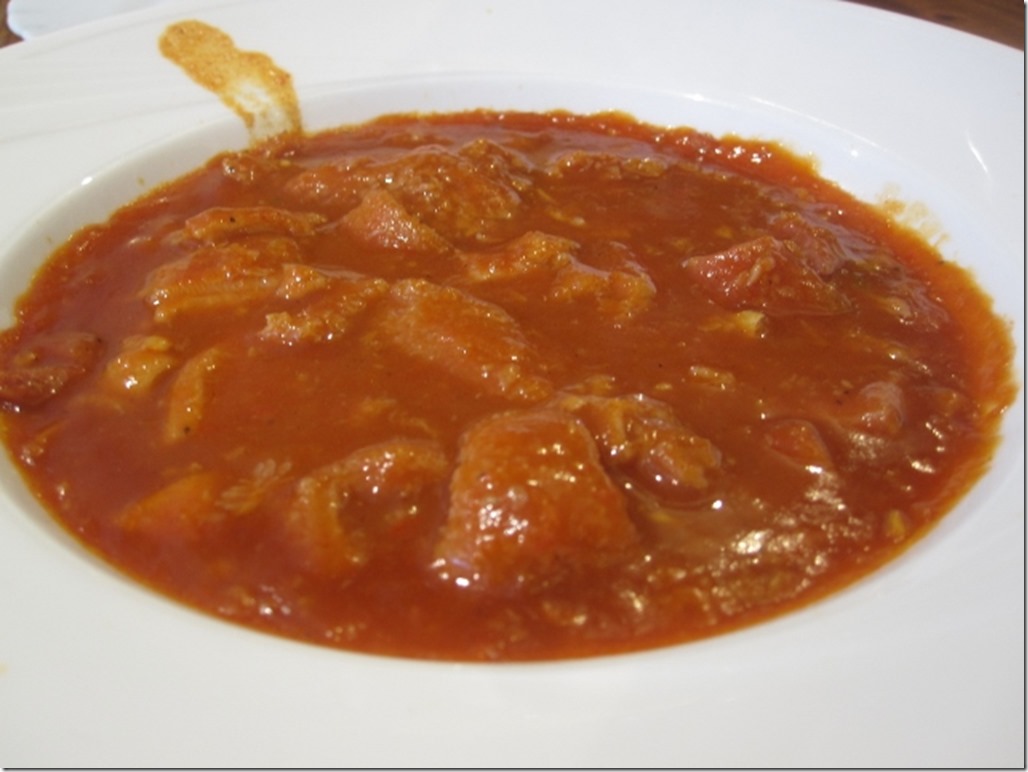
Cortezas- Fried pigs skin- pork scratchings, but made local, not in a plastic bag!
Setas- fried mushrooms
Sopa de Cachuelas- pigs liver and bread soup- made after the killing of the pig.
I think you are getting the point here, meat is a big part of the menu, and the most important animal on the menu is the ‘cerdo’ (pig).
Rober told us it was the time of year when they would be slaughtering two pigs, and that meant making the embutidos (cold meats). It would take place over the next three days and the whole family would participate.
Day one- The pumpkins
We took Rober’s advice and wandered up through the village. At the top we found three men who had built two fires in the middle of the street.
They were next to the river that runs down a culvert through the middle of the village, this would provide a ready supply of water. On the fire boiled a large drum of chopped pumpkins, this is one of the core ingredients of their version of ‘morcilla’, this time also containing ‘pimenton’ (a mildly spiced red pepper) and pig’s fat.
Bags and bags of the pumpkin surrounded the fires. It was going to be a long day of boiling. Once it is boiled, the bags of pumpkin are weighted down with rocks to remove the excess water.
Day two- The cull and preparing the meat
Today was the day the pigs were slaughtered, which we did not see, but we were sent the photos!
We returned to the same street. This time eight men were surrounding two pigs.
Three around each.
Each brandished different cutting instruments, different lengths of blade, even an axe.
They hacked and sliced away at the carcass, human vultures, reducing the pig to just bone, even these wouldn’t be wasted. As the various joints, fats, innards and organs were removed from the beasts they would be hung to the sides, creating fences of meat.
The forms of the meat are quite beautiful.
The women were relegated to the washing of the stomach in the river, this would be used as the skins for the sausages.
Third day- Preparing the sausage
Little would you know from the appearance of this house that it was not a place for living in, not unless you were a sausage, that is.
As you entered the door two groups of women surrounded two tables, four around each, the mincer, however, was ‘man’ handled.
A large bucket of pork fat, pimenton and pumpkin lay ready.
The mixture was shoved and squeezed through the mincer, which slowly filled the stomach skins to create the sausages.
These were then tied off and thrown into a bucket.
Some didn’t seem to enjoy their job very much.
Once filled, the men would ferry them upstairs.
Here, a fire is blazing. Along the ceiling, wooden poles hang.
These are gradually being filled with the loops of sausages, carefully placed so that they do not touch.
And here is Rober hanging the hard work.
Careful, fat may be dripping from the sausages!
They will spend a minimum of two months here before heading up to the restaurant to make the gorgeous tapas that makes El Tropezon such a great place to come. We will be visiting this place later this week.
The finished product, at La Tropezon.
And here is one which was prepared earlier. A present from Rober.
An amazing tradition. One wonders how long it might continue. Looking at those who participate, is it a generation who has time to spare? The retired people still have the time to partake in such traditions. The children seem to be obliged to follow their parents in the traditions of the village. This must be time consuming for them. They have their own obligations, families to bring up, careers. Three days dedicated to making sausage? How long will the tradition last and is it worth it? Maybe this will be the last generation that will see the killing of the pig.
SM & GDR.

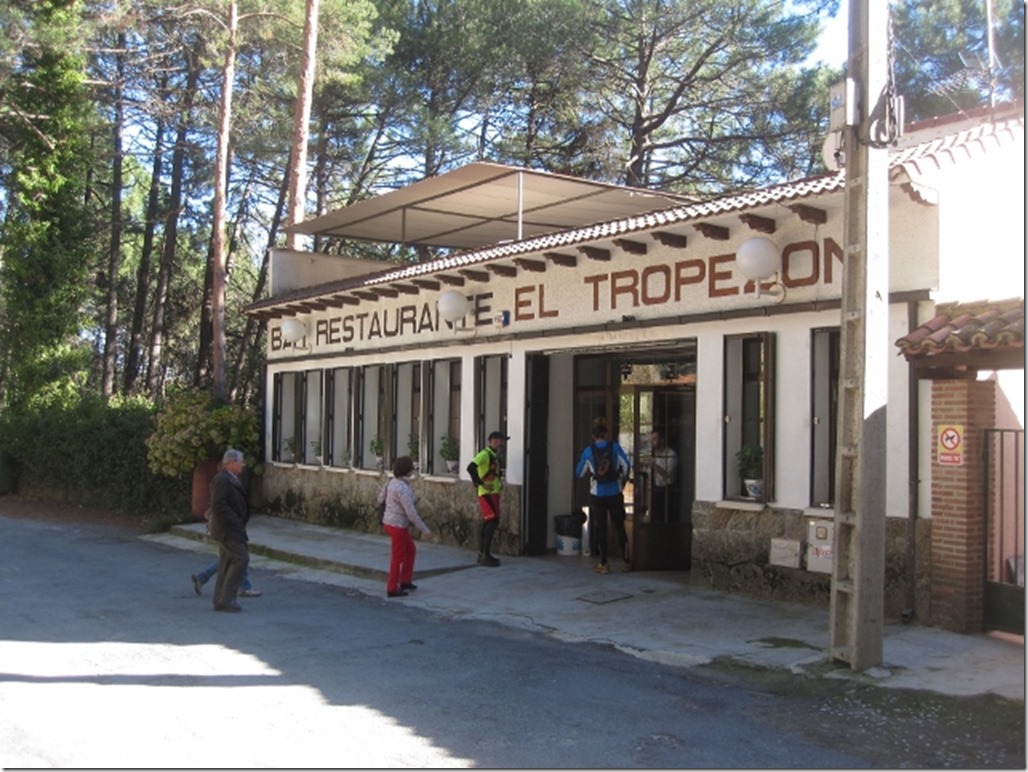
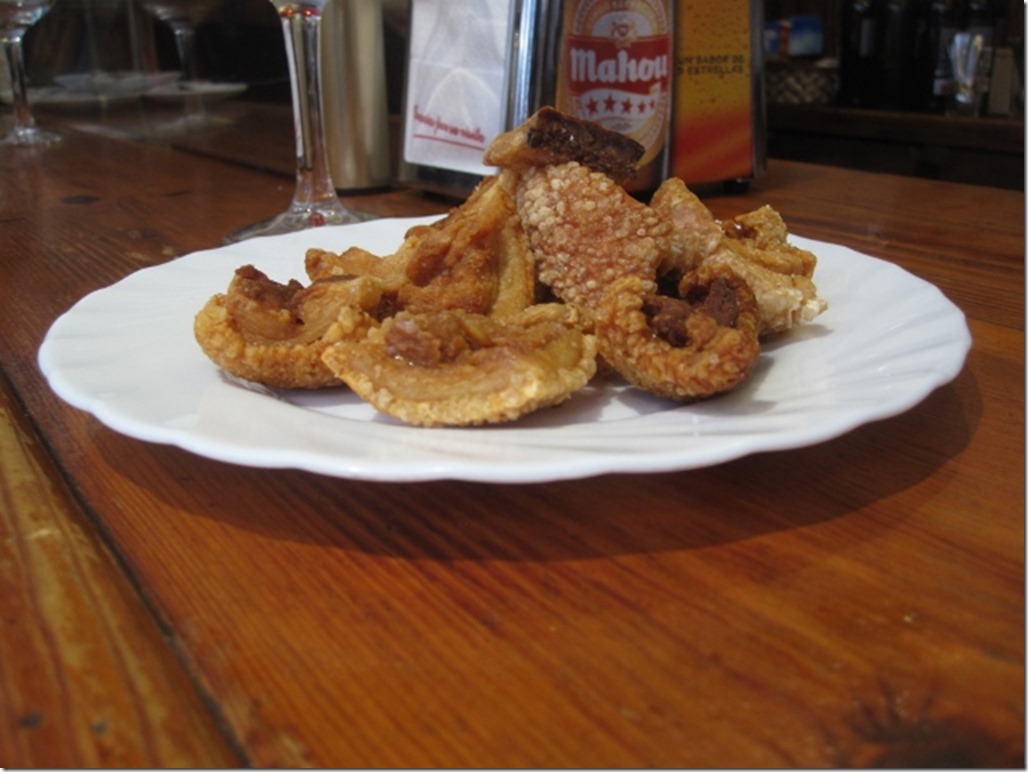
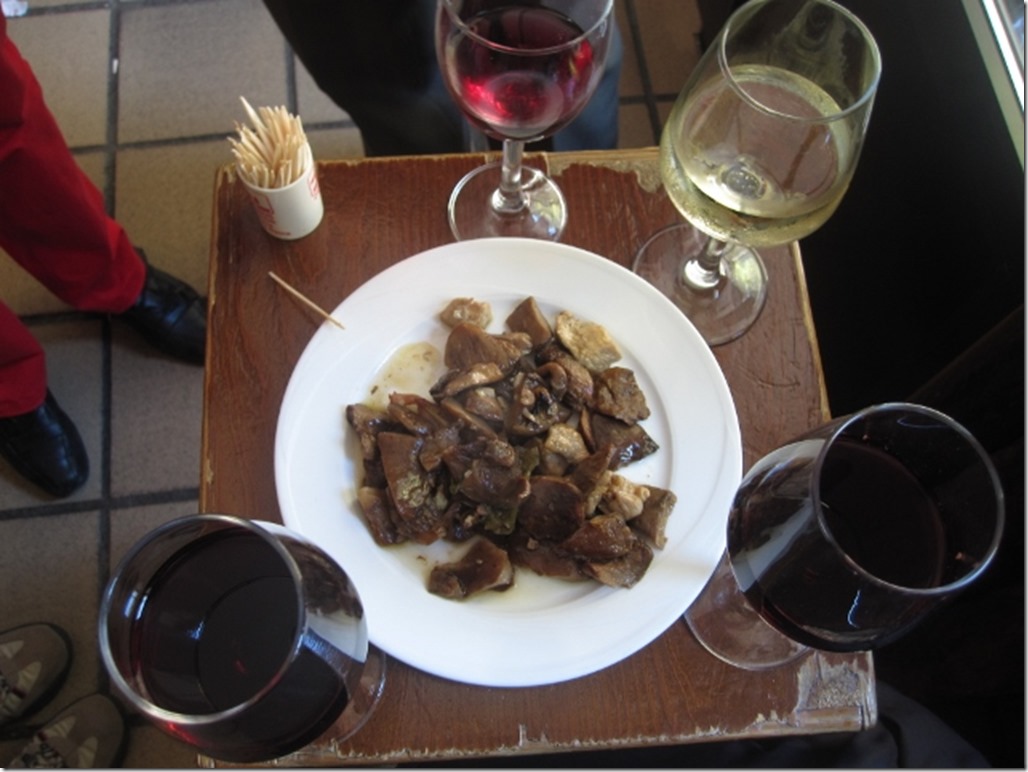
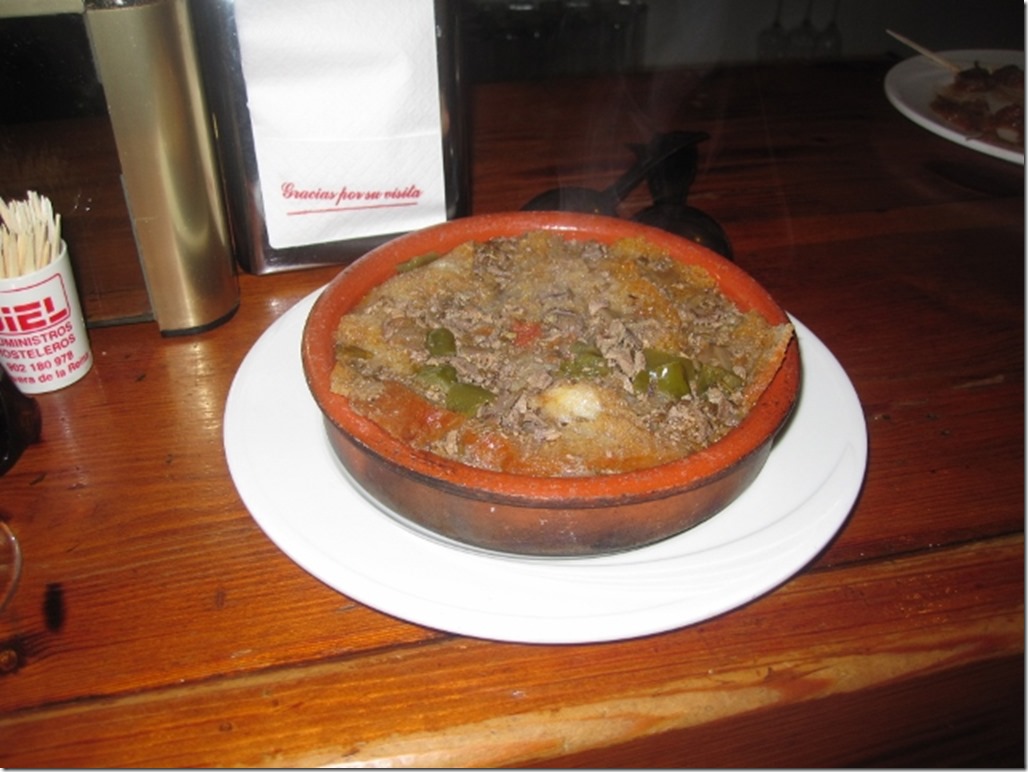
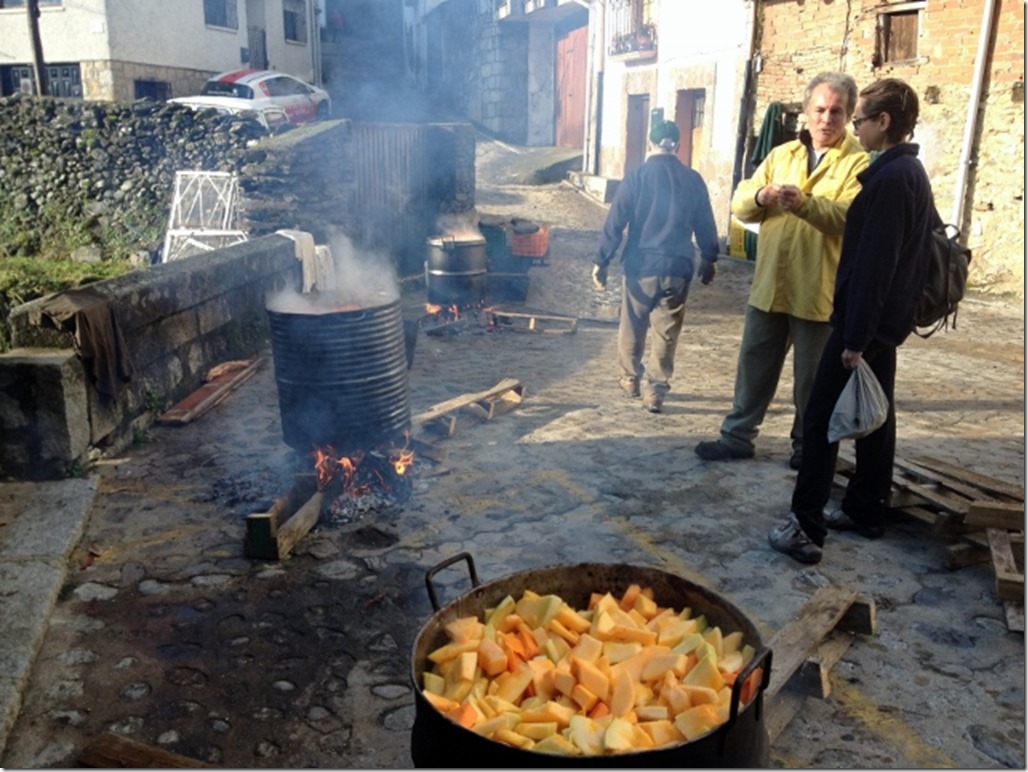
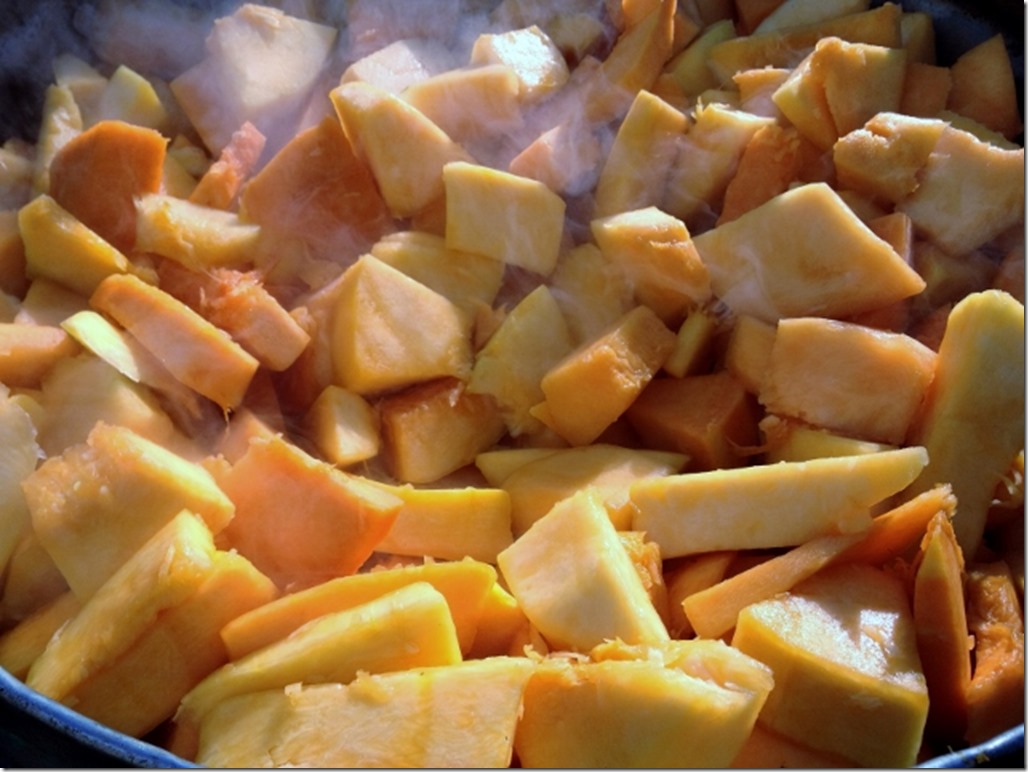
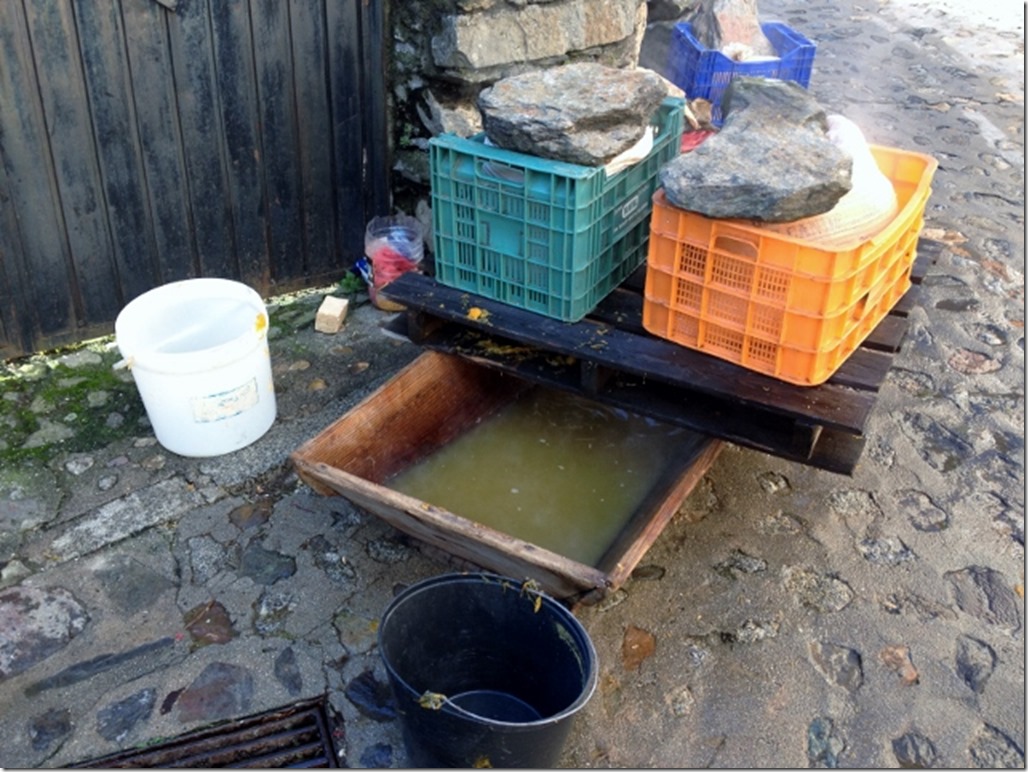
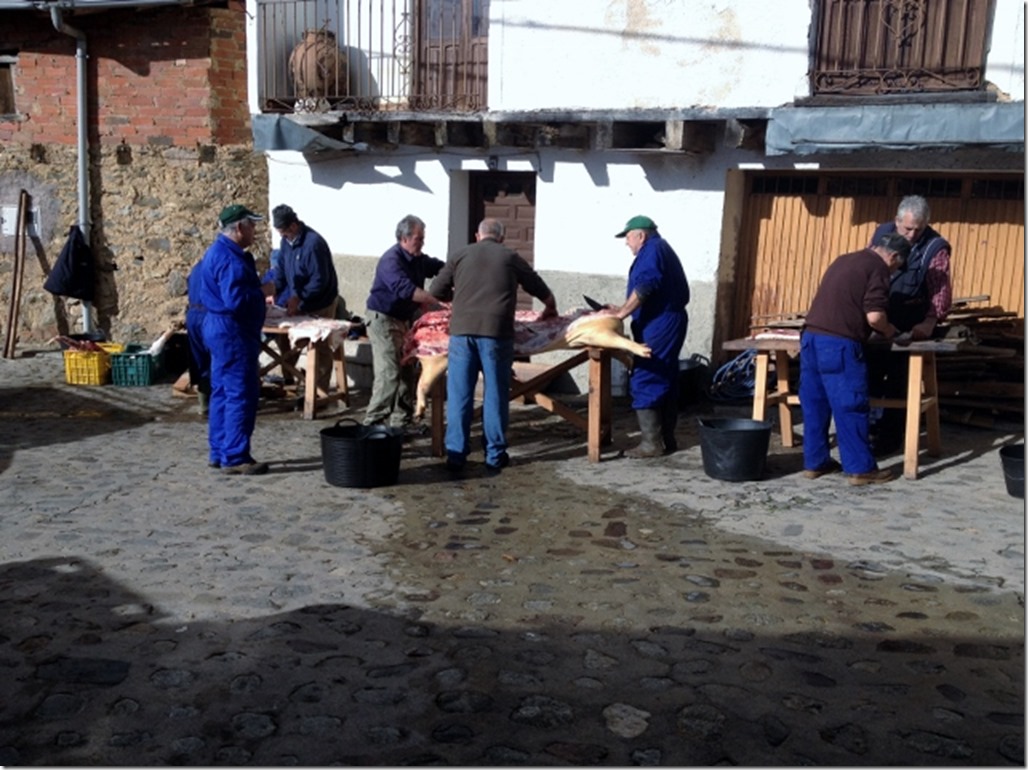
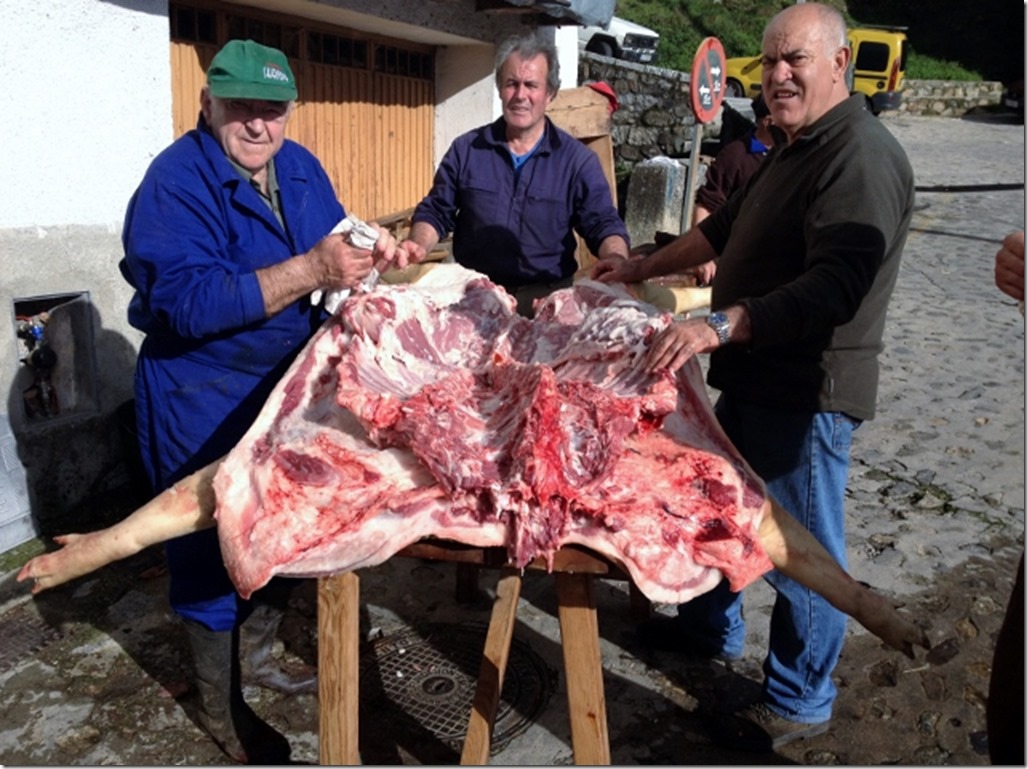
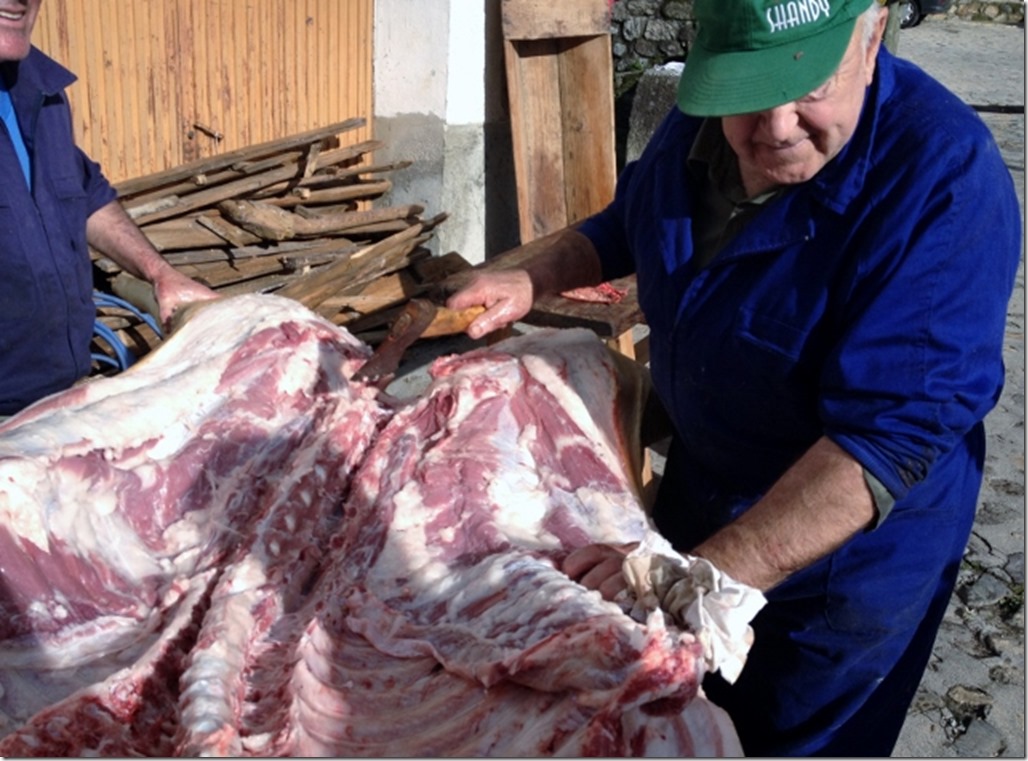
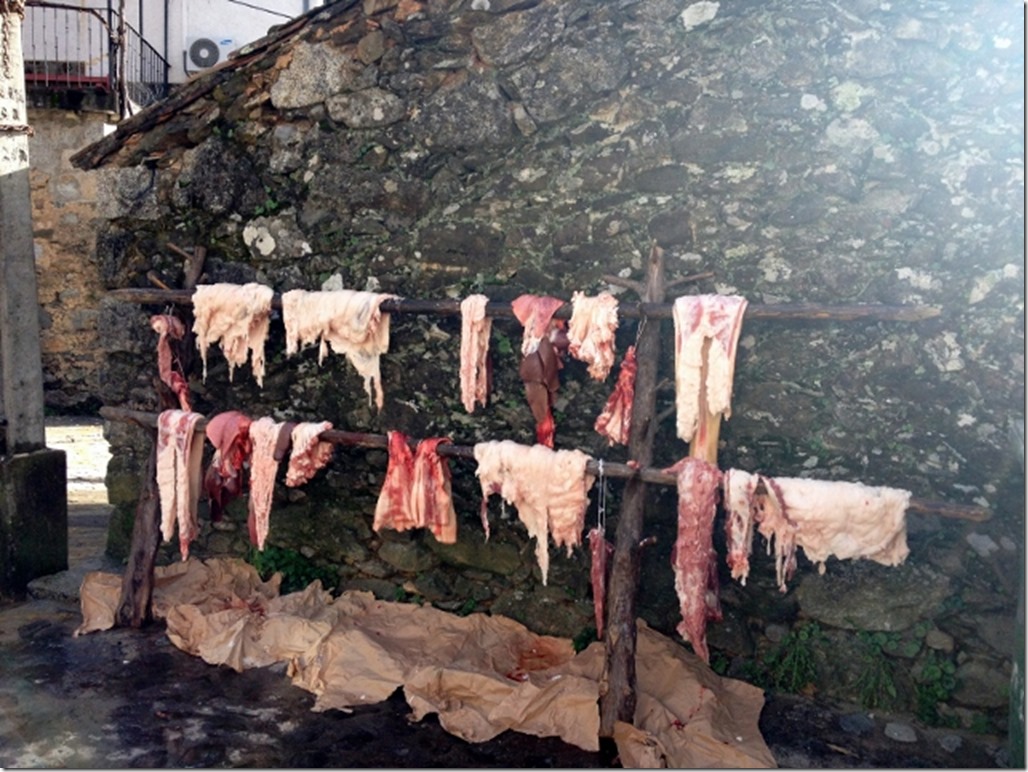
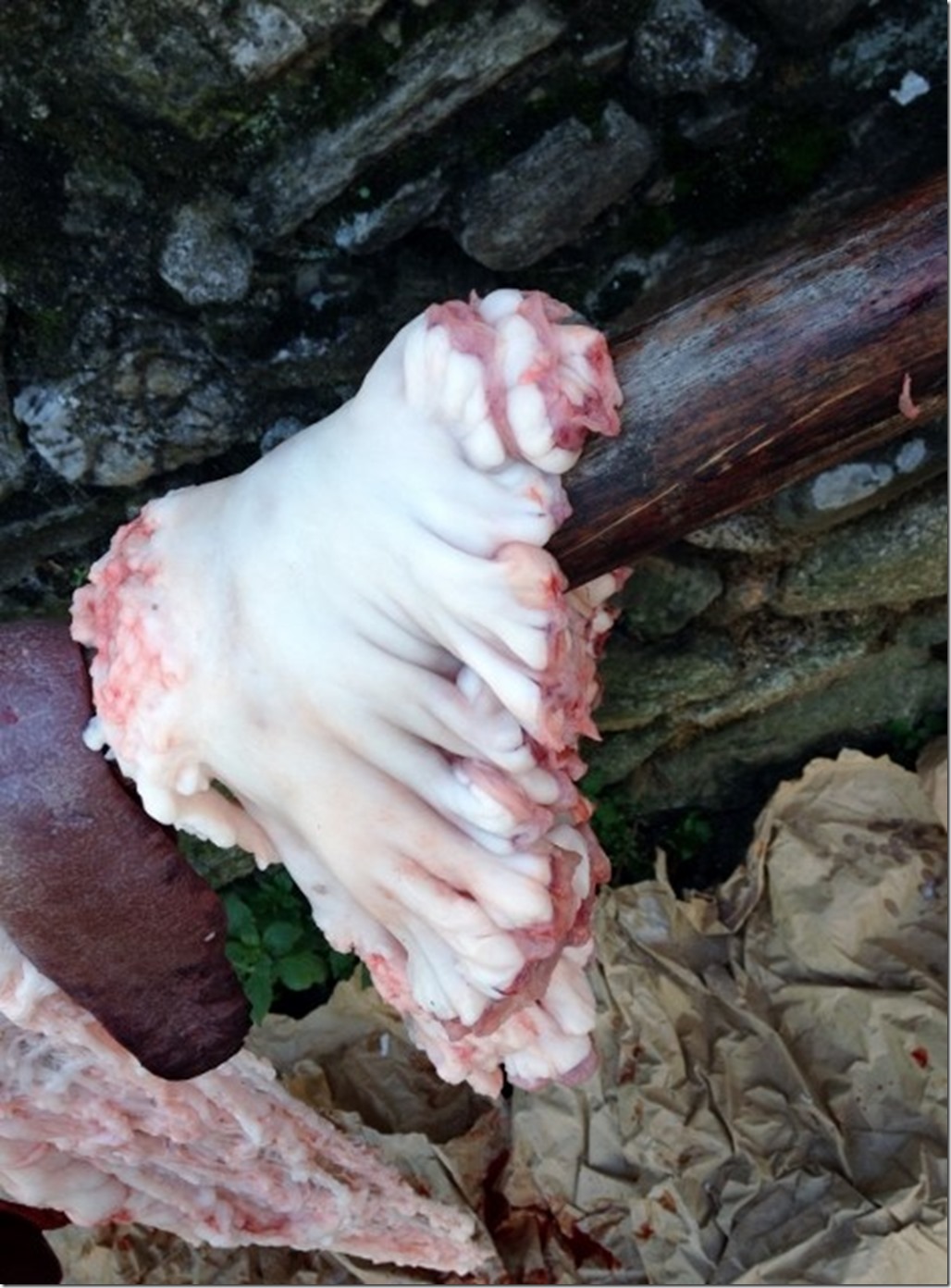
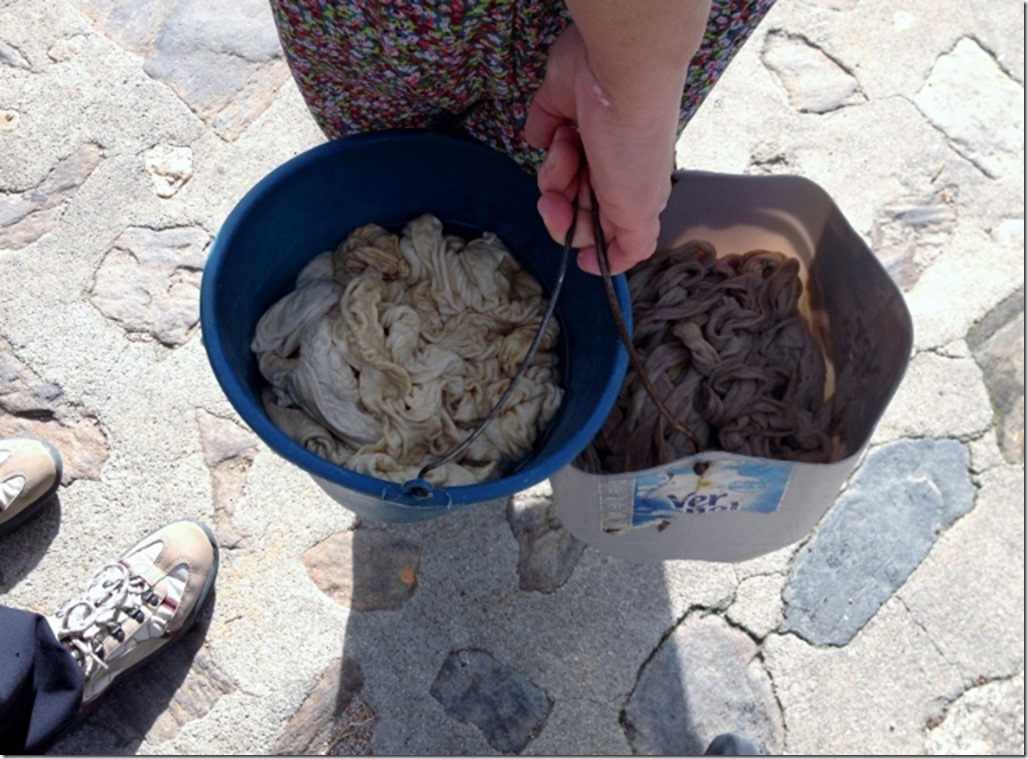
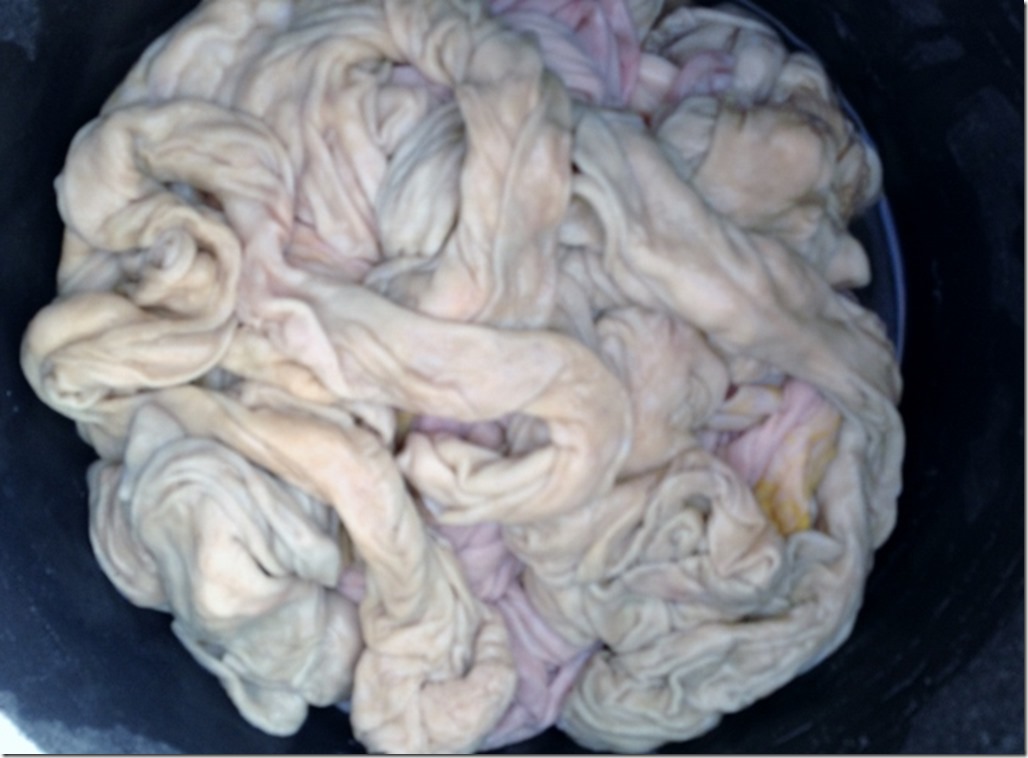
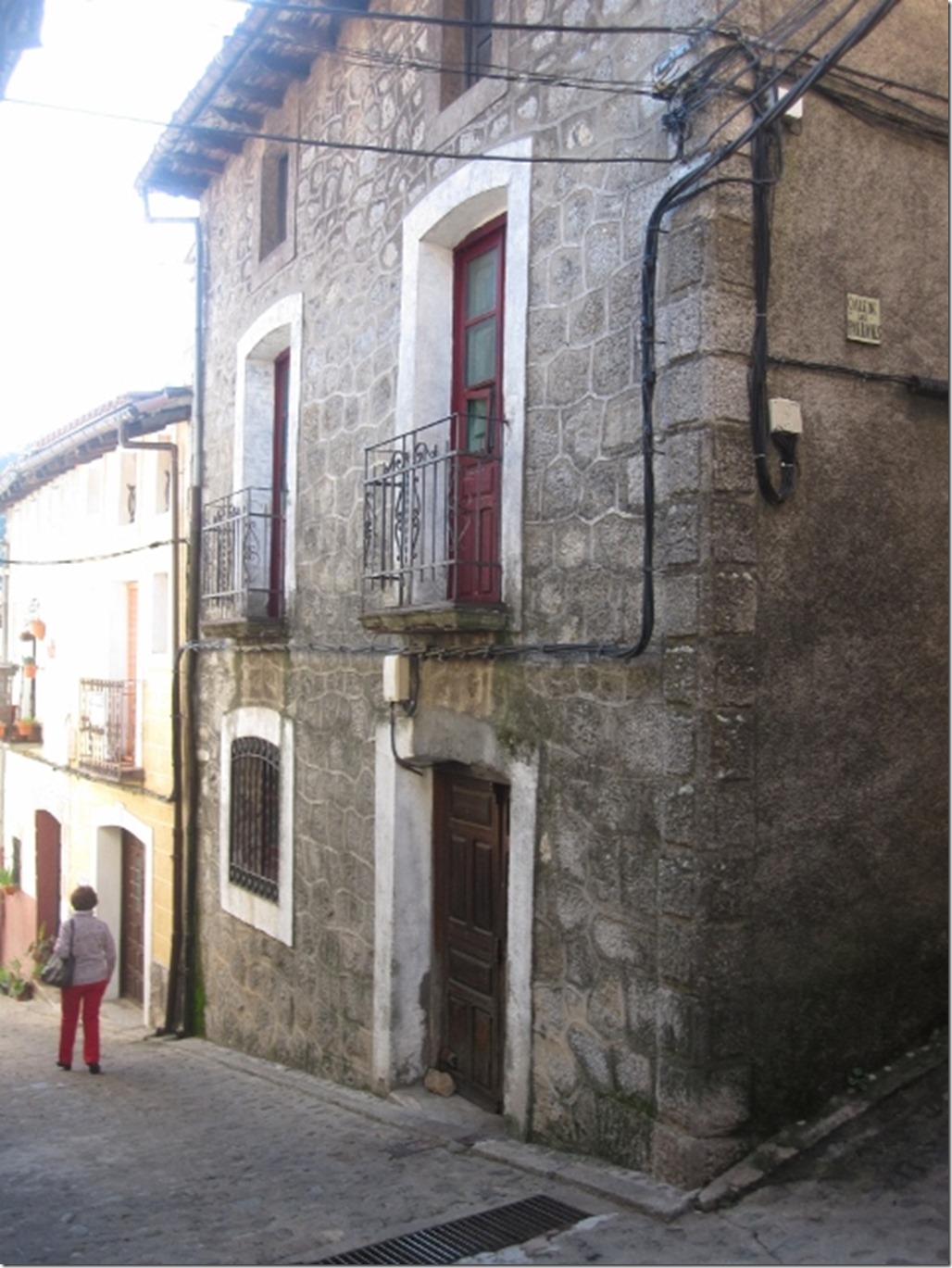
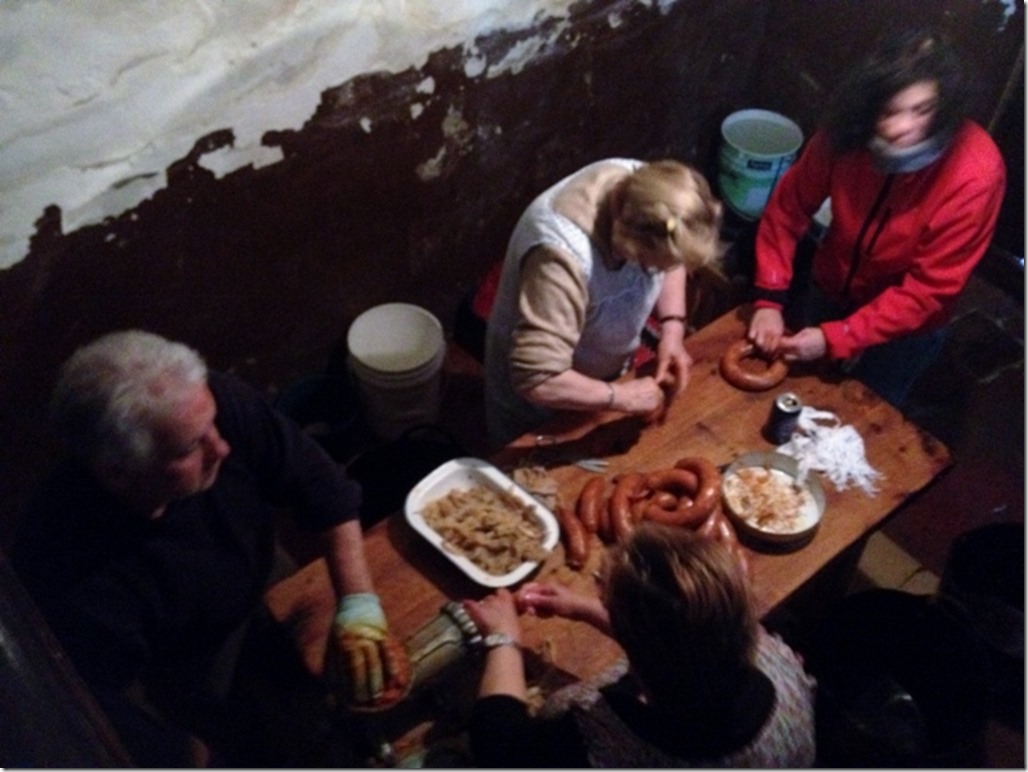
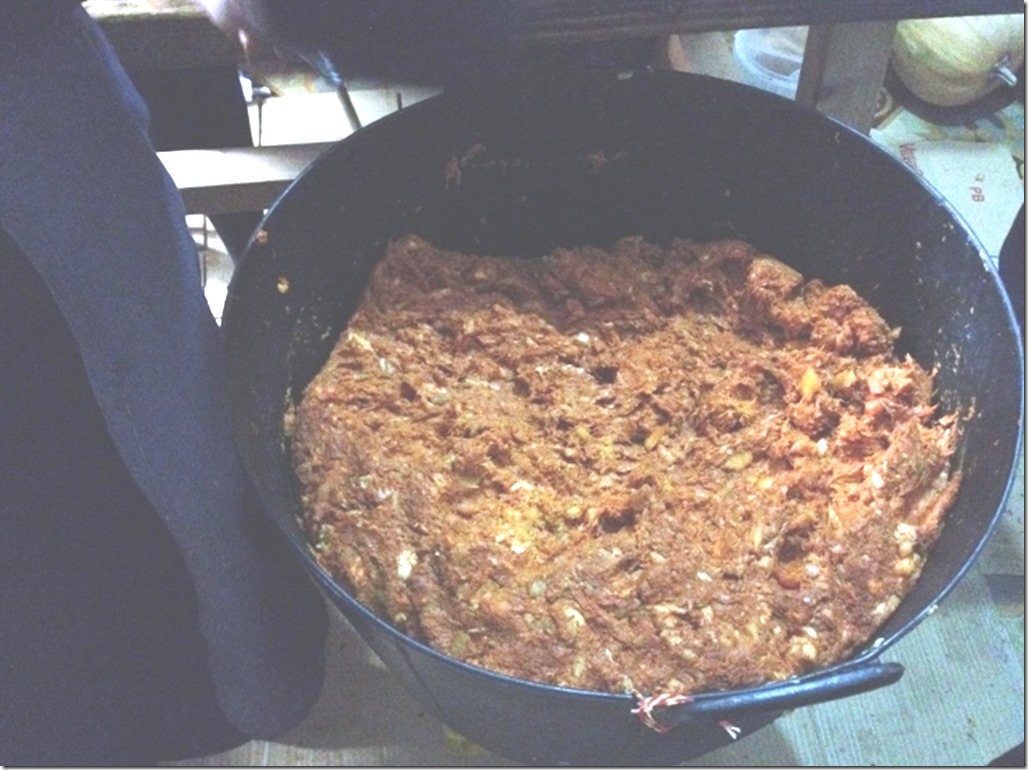
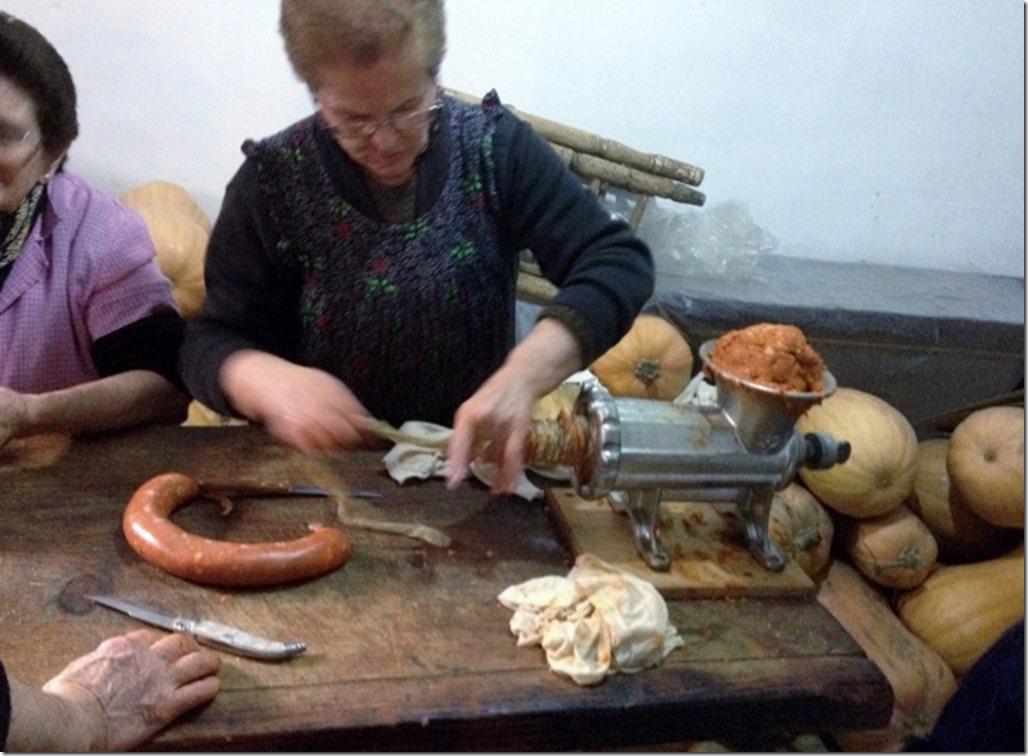
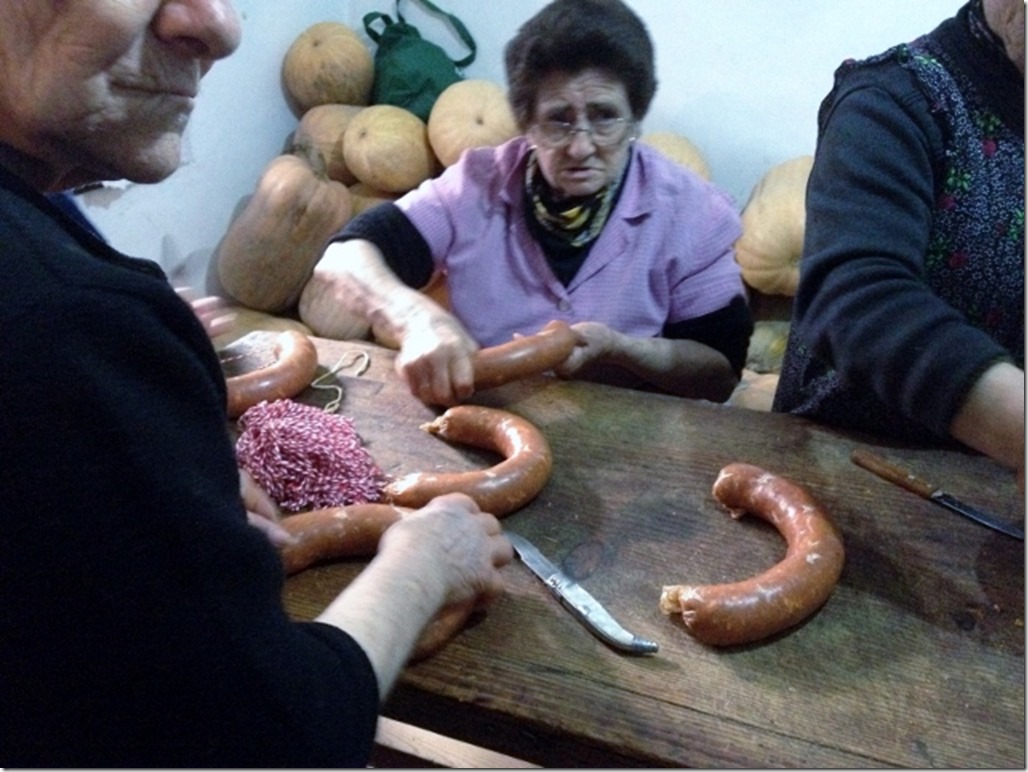
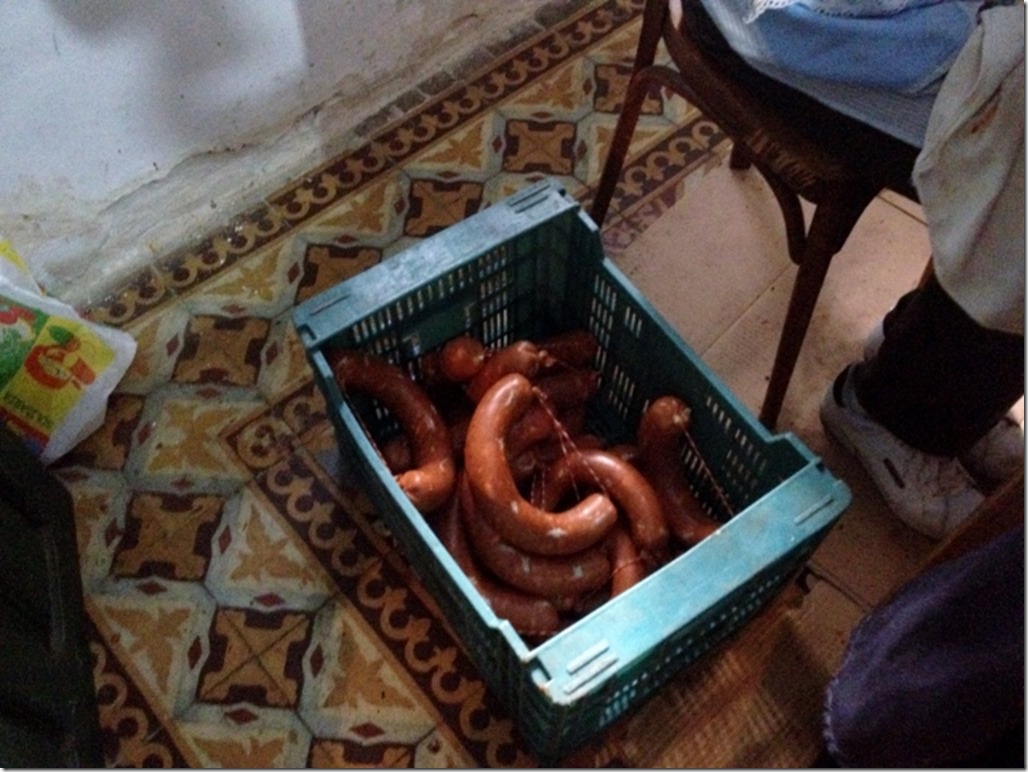
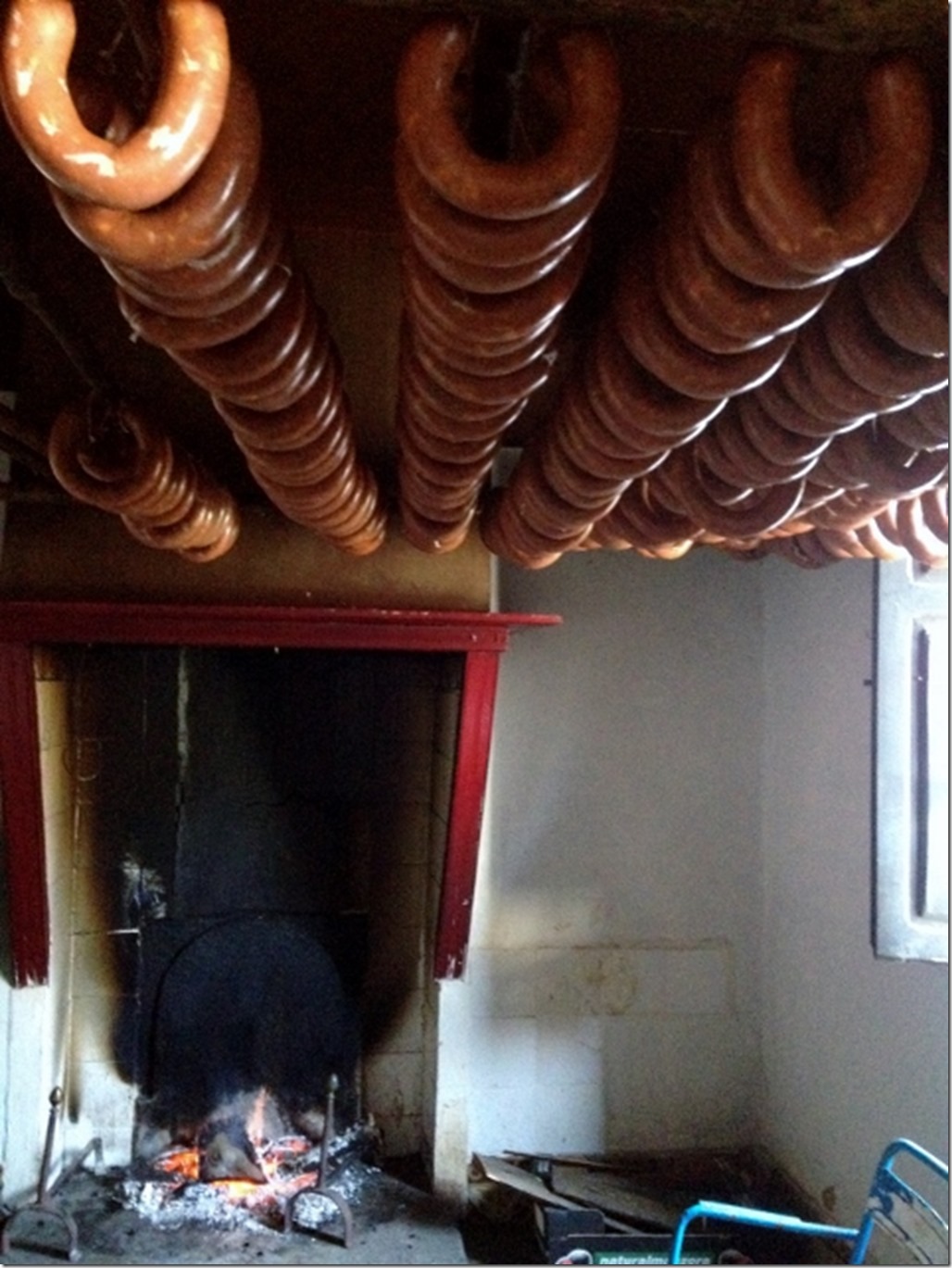
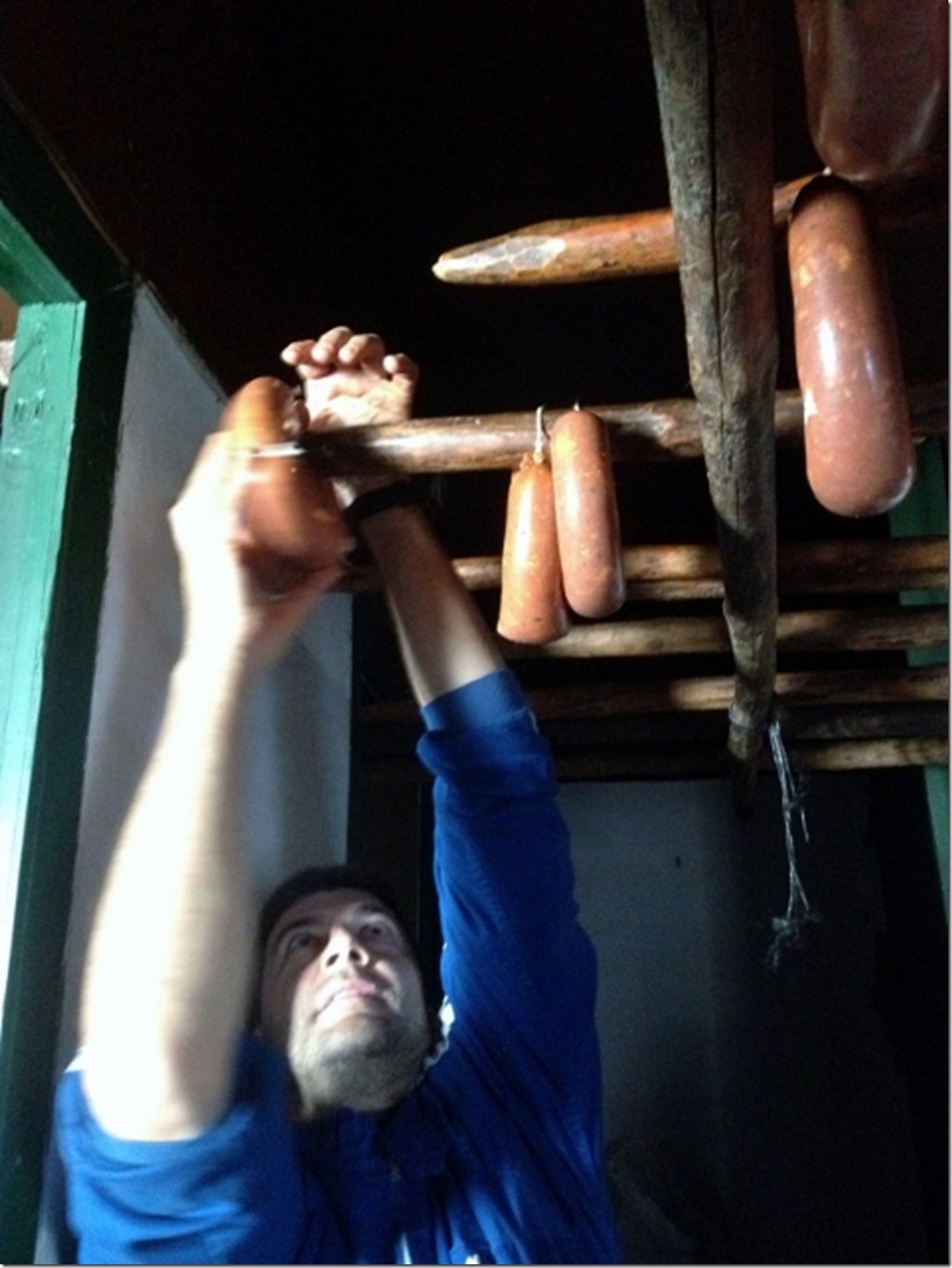
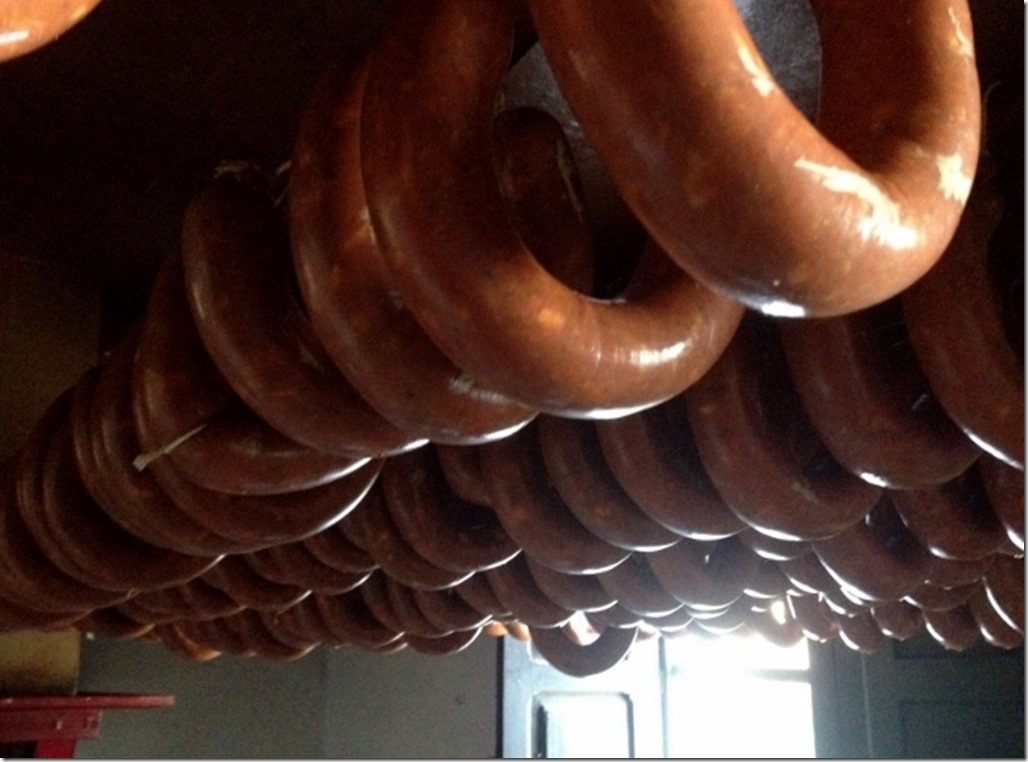
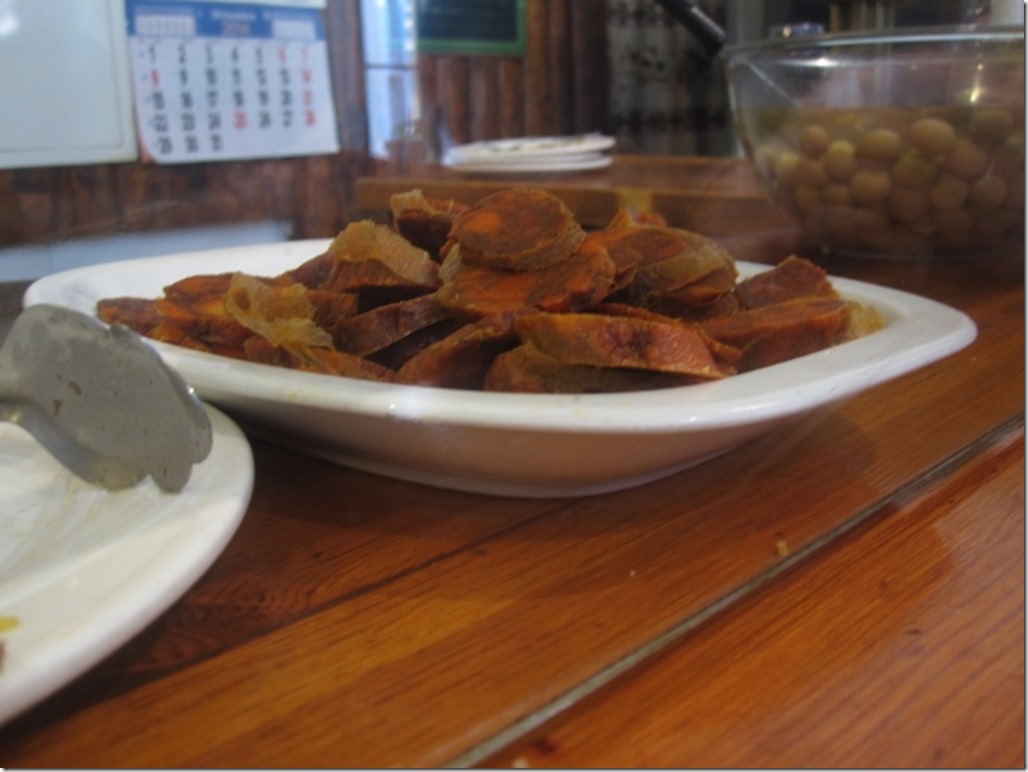
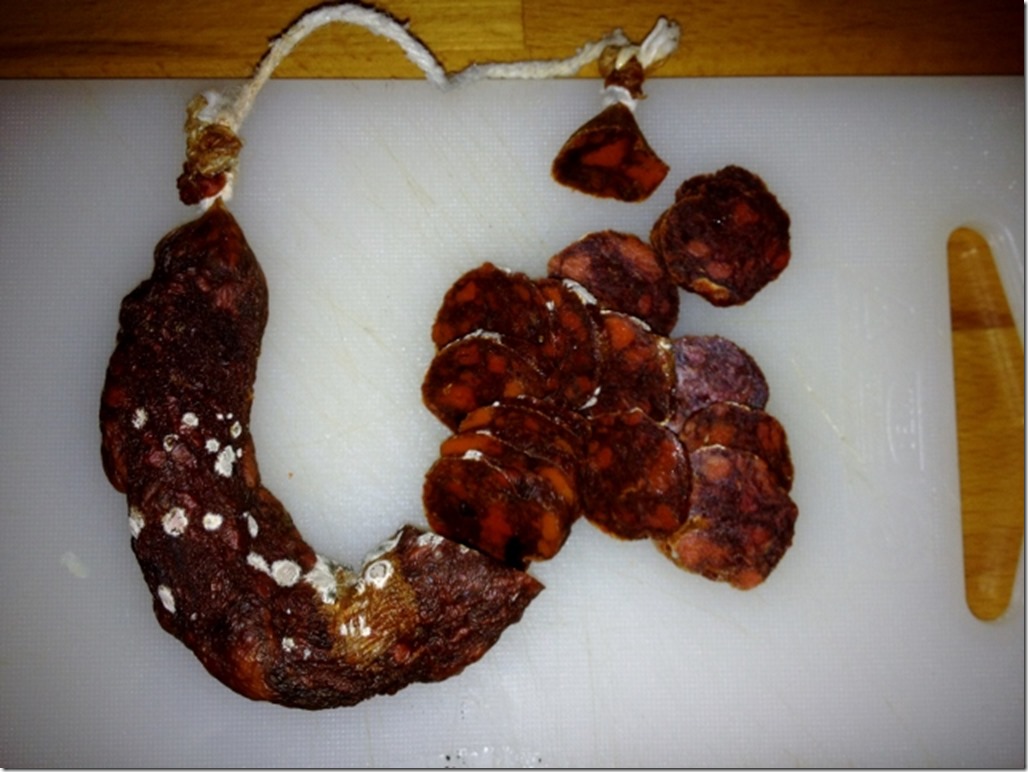






” La Matanza” era una de las formas de juntarse las familias para ayudarse unos a otros, aún en pueblos pequeños como Guisando todavía continua la tradición , como tu bien dices , no por mucho tiempo, la juventud cada vez les interesa menos.
Estamos de acuerdo , si te comes un kilo no es sano , pero unas tapitas!!!!!!!!!!!! caen fenomenal
Si, es una pena. Al final acabara desapareciendo. O a lo mejor hacen de ello una atraccion turistica y cobran por verlo
My, that fried bread and chorizo looks a tasty dish. Not sure about the sausage skins being washed in the river though.
Thought you might like the Migas, a bit heavy for me, I prefer the pigs ears and harricot beans. GDR